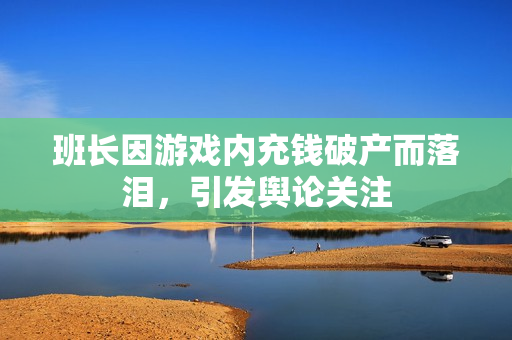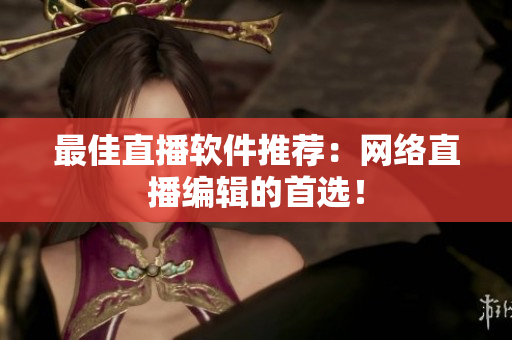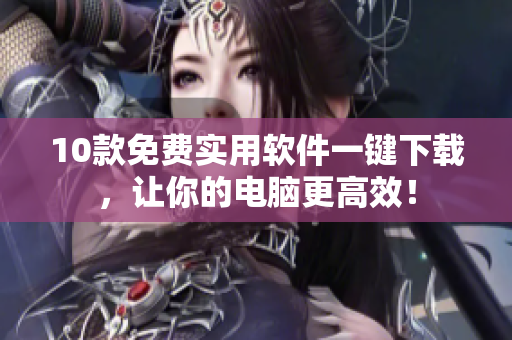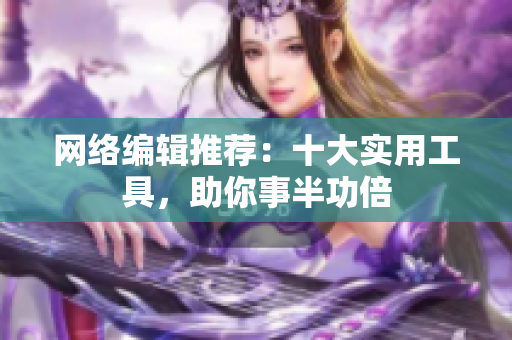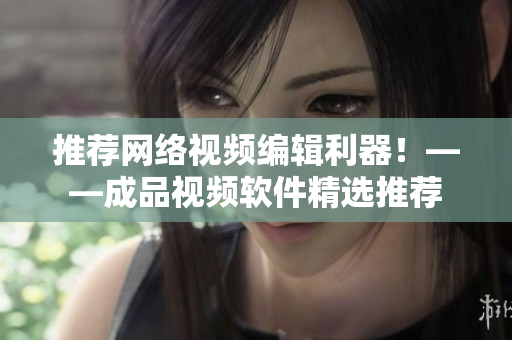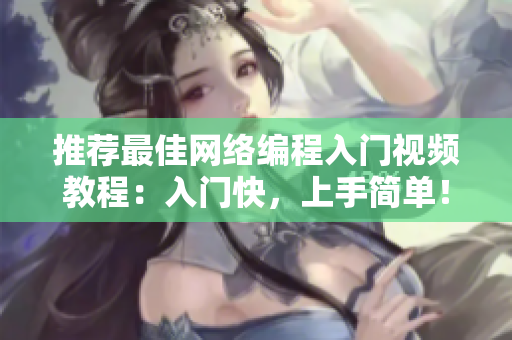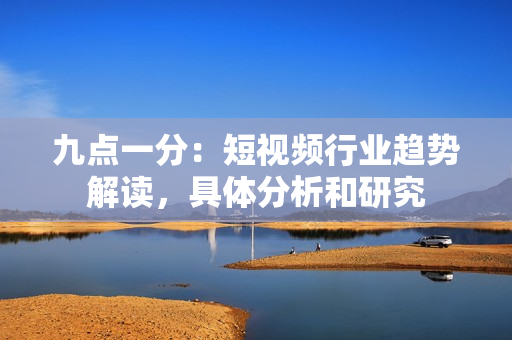Introduction
The world of art and culture is a vast and diverse one, encompassing a wide range of styles, mediums, and perspectives. From the ancient works of the Greeks to the modern masterpieces of the avant-garde, Western art has always been at the forefront of the global cultural conversation. However, as we move into the digital age, new innovations and technologies are changing the landscape of the art world, and with them come new challenges and opportunities.
The Promise of 5G Technology
As the world begins to adopt 5G technology, the possibilities for the art world are enormous. The increased speed and bandwidth of 5G networks will make it possible for artists to collaborate and share their work in real-time, no matter where they are in the world. This will open up new opportunities for cross-cultural exchange and experimentation, as artists from different backgrounds and disciplines come together to create new works that push the limits of what is possible.
The Challenge of Teaching in the 21st Century
As teachers, we face new challenges in the 21st century. The traditional classroom model, with its blackboards and chalk, may no longer be enough to engage and inspire today's students. With so much information available online, students expect a more dynamic and interactive learning experience. As such, it falls to us as educators to find new ways to engage our students, using technology and other tools to help them learn and grow.
The Ethics of Gaming Microtransactions
In recent years, gaming microtransactions have become a controversial topic in the gaming community. Some argue that they provide players with a way to personalize their gaming experience and support the developers who create the games they love. Others, however, argue that these microtransactions can quickly become predatory, encouraging players to spend money they may not have in order to keep up with others. As teachers and role models, we must consider the ethical implications of gaming microtransactions, both for our own behavior and for that of our students.
The Importance of Academic Integrity
As educators, we have a responsibility to ensure that our students understand the importance of academic integrity. This means not only teaching them about plagiarism and other forms of academic dishonesty, but also fostering an environment of trust and respect in our classrooms. We must also lead by example, holding ourselves to the same high standards of academic integrity that we expect from our students.
The Search for Quality Early Childhood Education
In many parts of the world, access to quality early childhood education is still a major challenge. In particular, in Southeast Asia, there is a growing demand for high-quality early childhood education as more and more families recognize the importance of investing in their children's future. However, there is a shortage of qualified teachers in the region, and many families struggle to find affordable and accessible options for their children.
Conclusion
As we look to the future of art, education, and culture, there are many challenges and opportunities ahead. By embracing new technologies, developing new pedagogies, and promoting strong ethical values, we can help our students become the creative, informed, and engaged citizens of the world that we all hope to see.

